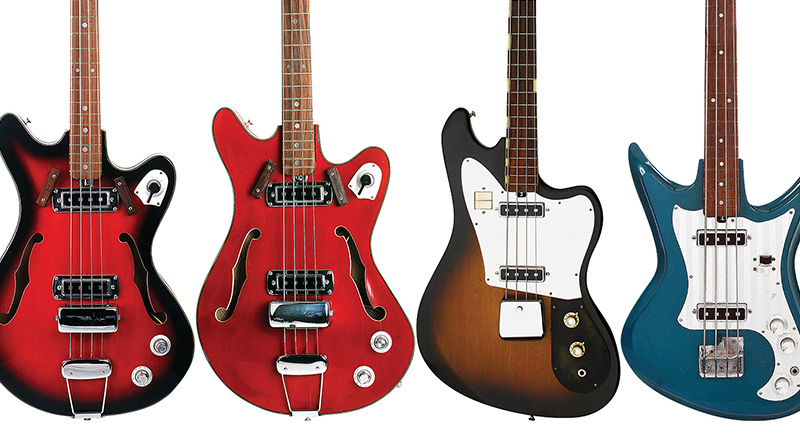

This instrument, as well as its regular-scale guitar equivalent, can be heard extensively on Blonde Redhead's early albums of the 90's, where they used its wide range to switch between bass and guitar melodies in the course of single songs.Īlso, 2 or 4-pickup baritone guitars (27 3/4 inch scale) with a tremolo, known as Demian or Orlando VN-2 or VN-4 ca.1964 manufactured by FujiGen, are often referred as Teisco models. It had an off-set body shape similar to a Jazzmaster, but with an extended top horn, a 'monkey handle' cutout on the left-facing side of the bridge and a Fender-style headstock with an oversized scroll. Teisco six-string bass followed an unusual body shape that was used on one of their guitars. Teisco also produced a six-string bass called TB-64 (or ET-320) in 1964, similar to the Fender Bass VI which was itself an uncommon instrument. TG-64 (guitar version of TB-64 played by Conor Oberst) This is one of the reasons these guitars became popular again during the 90s among many noise artists as a cheaper alternative for the Fender Jaguar or Jazzmaster, which were beginning to attract collector interest. When the strings are attacked behind the bridge, a 3rd bridge sound is created. Many Teisco guitars had a primitive tailed bridge in their extended tail bridges with limited timbre when used in an extended technique. The light weight of this guitar is a bonus to the sonic attributes. He talked the manager into a trade, took the guitar home, rebuilt it and has played it on stage ever since. He has played Teisco guitars since childhood and just before joining Peter Noone in 2001 found this one from the Teisco 1964 line screwed to the wall at a Guitar Center as junk art. Goldtops alwasy sound better, you know.Singer, songwriter Vance Brescia, guitarist and music director for Herman’s Hermits Starring Peter Noone and frequent guest musician with The Monkees, Micky Dolenz and other artists plays a Teisco Del Rey EP-8 model. I think I'm gonna trade the strat of goldtop one of these. And the old finish really breaths, so you can hear the woodiness in every note. Old wood and old wire = enhanced harmonic richness, sustain, and tone. They just don't make cheap Japanese imports like they used to. And it shames all my PRS and Suhr guitars in fit, finish, and tone. As a matter of fact, I use it on acoustic gigs unplugged. The pigments in the green are a few microns smaller than the other pigments, which deflects the wave form of the vibrational characterstics already enhanced by the increased moisture density in the wood, so that it rings acoustically like a prewar D-28. But of course, the coup de grace is the breen burst. It's a harmonic richness unparalleled in the Japanese imports of the 70's. Also, the natural degausing of the pickups, especially these old goldfoils, is on a much less linear degradation, more asymptotic, over time, and it really enhances to crisp highs without attenuation the mids and lows. It resonates and sustains like no other guitar.

For some reason, and I believe the above contributes to it, these conditions led to these guitars having a little more moisture trapped in the pores and are a bit heavier, and sustain a lot more due to the vibrational transfer from string, to wood, to water, back to the wood of the next cell. I also believe Teisco had a drying room with different conditions for sunburst guitars. Click to expand.I believe that, due to the Pacific ocean surrounding Japan, the temperature and humidity were perfect for the moisture content of the woods prior to painting.


 0 kommentar(er)
0 kommentar(er)
